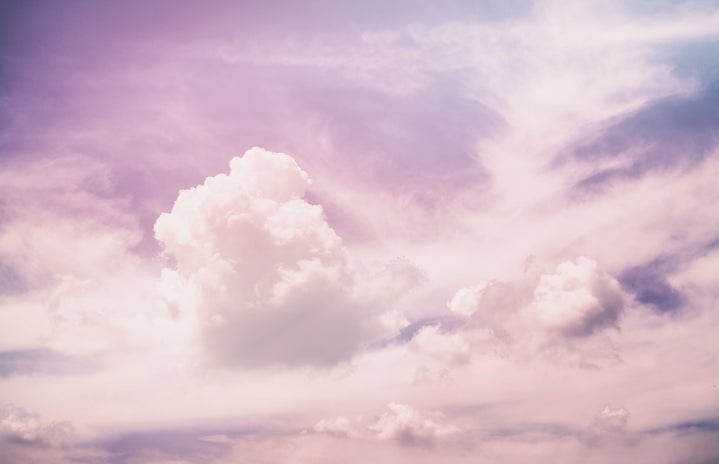The theme for the 2017 IvyQ conference was “Creating Queer Futures” and many of the panels were centered around activism and discussion in order to improve inclusivity in the LGBT+ community. The panels that I visited were specific to Queer People of Color (QPOC) and those who identified as bi+. An interesting observation from the first night of the conference was that many attendees had never been in a room with so many queer people in their lives; another was that the groups were very large, especially in comparison to the group of five Duke students I was a part of.
QPOC Inclusivity
After discussing the resources available at our respective schools with other students at a QPOC panel, I discovered that other universities had QPOC groups and other groups of LGBT+ minority students. Duke has one student-led group for LGBT+ students – Blue Devils United (BDU). The Center for Sexual and Gender Diversity (CSGD) does host a QPOC discussion group twice a month, but it’s obviously not the same as a student-led group. Of course, what I also learned from these students is that out LGBT+ students at their universities are much more visible than at out LGBT+ students at Duke and that is something that we should focus on improving before being able to start groups aimed at minority LGBT+ students.
Bi+ Visibility
In case you didn’t know, the “B” in LGBT+ stands for “bisexual,” but another term used that is more inclusive is “bi+,” which Robyn Ochs, leading bi+ activist, describes as one who is attracted to a gender different from their own. This includes the terms “pansexual,” “queer,” and “fluid.” In the panel I attended, Robyn Ochs spoke about the causes of bierasure and how they can be combated. The usual cause is ignorance, not malice, because people who are not bi+ do not understand what it means to be so. The stigma against discussions on anything related to sex or non-heterosexual attraction prevents conversation on bi+ identities. Another obstacle that bi+ identifying people face is that they are seen as what they are currently doing – meaning that, if a someone is with a person of the same gender, they are seen as gay or lesbian, whereas if they are seen with a person of a different gender, they are seen as straight. One of the girls attending the panel shared how her friends told her that if she hooked up with a guy, they wouldn’t speak to her because then she’d be straight.
Some suggestions that Robyn Ochs had for combating bi-erasure included creating spaces for bi+ people, which Duke does attempt with the CSGD’s Fluid discussion group that meets twice a month. Another suggestion was to explain what it means to be bi+ to others and fight back against the ignorance. Of course, I’m not asking you to out yourself if you do identify as bi+, but it shouldn’t be left to those who do identify as such to basically defend themselves.
Minority Stress
A topic of interest that Robyn Ochs brought up was the idea of “minority stress,” which basically states that members of one or more minority groups are more at risk of experiencing chronically high levels of stress. Duke students already live in a high-stress environment and the lack of community only adds to that stress. In order to combat this minority stress, groups for QPOC and bi+ identifying students should be formed and the stigmas against them should be discussed and contested.

